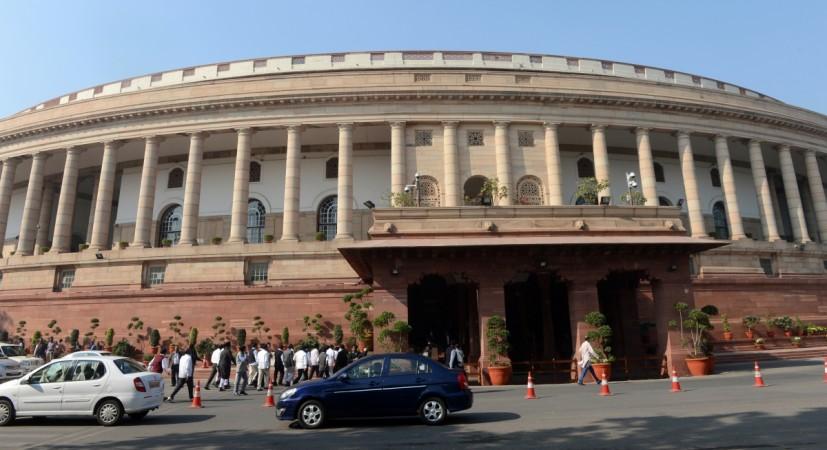
On the first day of the Monsoon session, July 17, the Narendra Modi government faced the outrage of the opposition parties in the form of a no-confidence motion.
Lok Sabha Speaker, Sumitra Mahajan said that no-confidence motion has been moved against the government on issues such as mob lynchings, special status grant to Andhra Pradesh, rape crimes against women, atrocities on Dalits and dilution of a law meant for the backward classes like Schedule Castes.
Major political parties, including TDP, Nationalist Congress Party, Trinamool Congress, Samajwadi Party, and CPI (M) have all came together against the ruling BJP. As per the reports, by far over 50 MPs favoured the motion.
What is no-confidence motion?
According to the Rules of Procedure and conduct of Lok Sabha, the Rule 198 specifies the procedure for moving a no-confidence motion. To stay in power at the Centre, a government requires a majority in the Lok Sabha, which is why it has to go through a floor test to show its strength.
This test is initially conducted to check if the executive has the confidence of the legislature. If House members feel that the ruling government does not enjoy a majority and it is no longer fit to hold the office then they have the power to move a no-confidence motion against it.
Notably, the motion needs the support of at least 50 MPs in writing, which is later presented to the Speaker. If the motion is accepted by the Speaker, then the party in power has to prove its majority in the House. On the day of the trust vote, if a majority of the Lok Sabha's members vote in favour of the motion, the motion is said to be passed and the government is restricted to leave the office.
History of the no-confidence motion
Around 26 no-confidence motions have been moved so far. The first ever no-confidence motion was moved by Acharya Kripalani in August 1963, which came after the tragic Sino-Indian War over a disputed Himalayan border.
Interestingly, it was the late Prime Minister Indira Gandhi, who had faced the no-confidence motions for 15 times, listing her at the top prime minister to face such motion. Other dignitaries like Jawahar Lal Nehru, Rajiv Gandhi, Atal Bihari Vajpayee, Lal Bahadur Shastri, Narasimha Rao and Morarji Desai have also had to deal with a no-confidence motion. Morarji Desai was the only Prime Minister who had failed to prove trust votes against the no-confidence motion in 1979.
If the government has the majority in the house then opposition can't launch a no-confidence motion since the ruling party already has enough power. In such a scenario, the members of the party are restricted to favour the government, and the result comes out against the desires of the opposition.
The NaMo government will face its first no-confidence motion today, July 20. It is likely that PM Modi will use this as a platform to launch his election campaign for the 2019 Lok Sabha polls.
The NDA currently has 312 members in the 535-member Lok Sabha. Of this, the Bharatiya Janta Party has 274 members, Shiv Sena has 18, LJP has six while Shiromani Akali Dal has four.
The opposition has said that it is ready for the debate and is looking forward to expose the government.









!['Had denied Housefull franchise as they wanted me to wear a bikini': Tia Bajpai on turning down bold scripts [Exclusive]](https://data1.ibtimes.co.in/en/full/806605/had-denied-housefull-franchise-they-wanted-me-wear-bikini-tia-bajpai-turning-down-bold.png?w=220&h=138)



